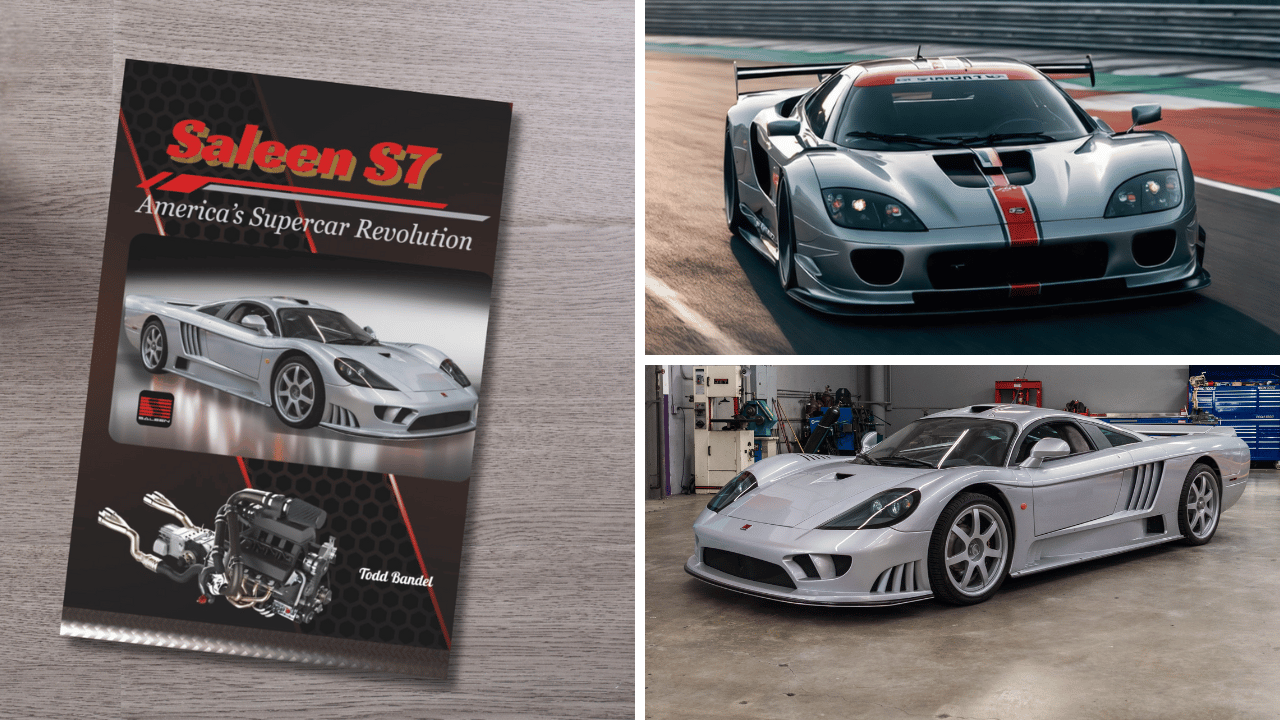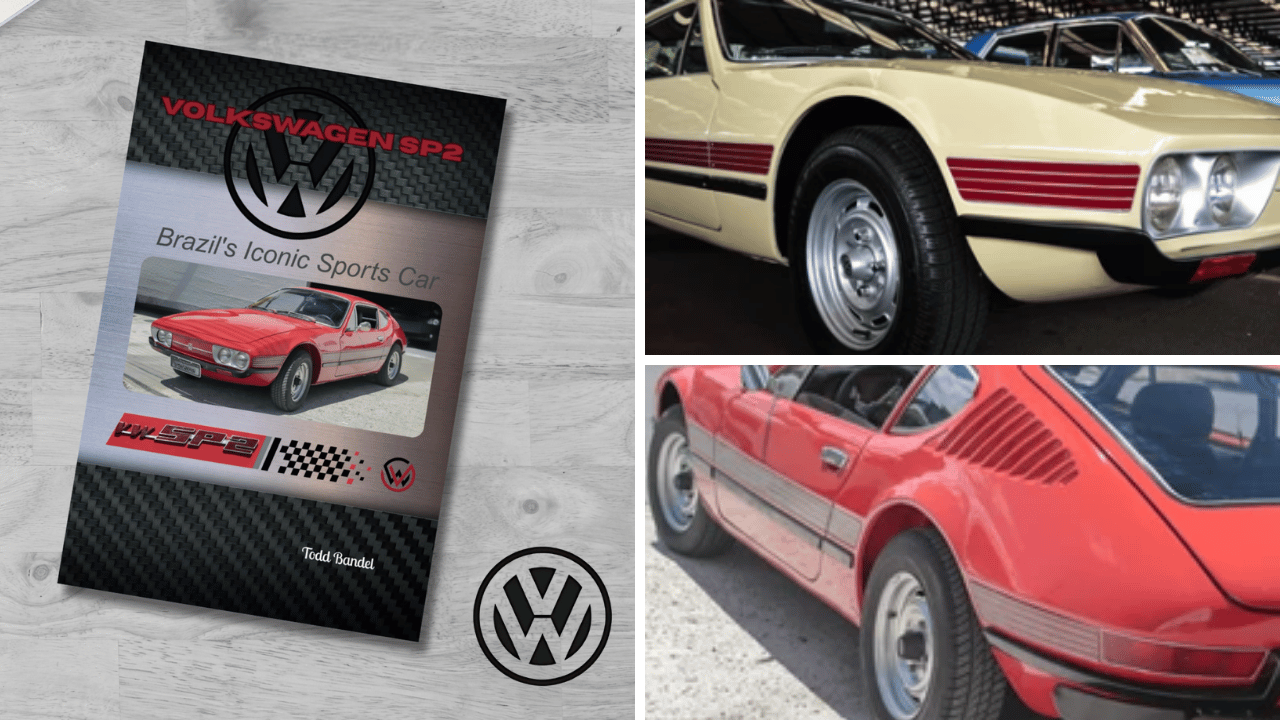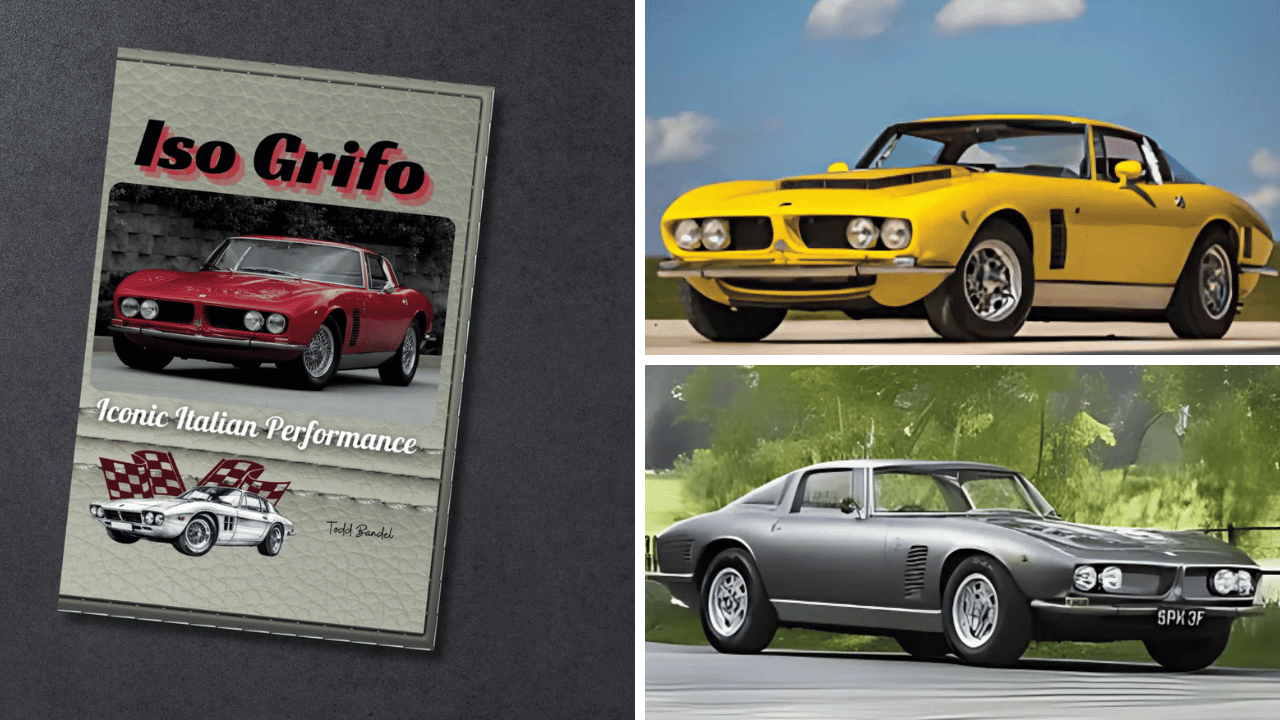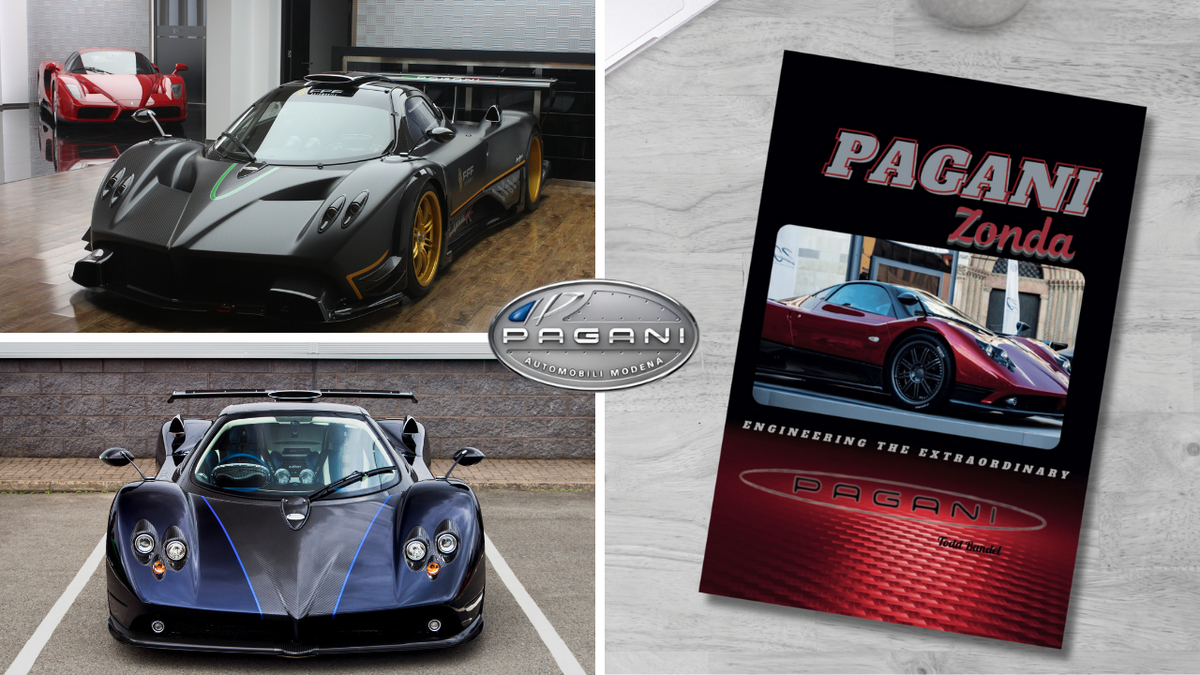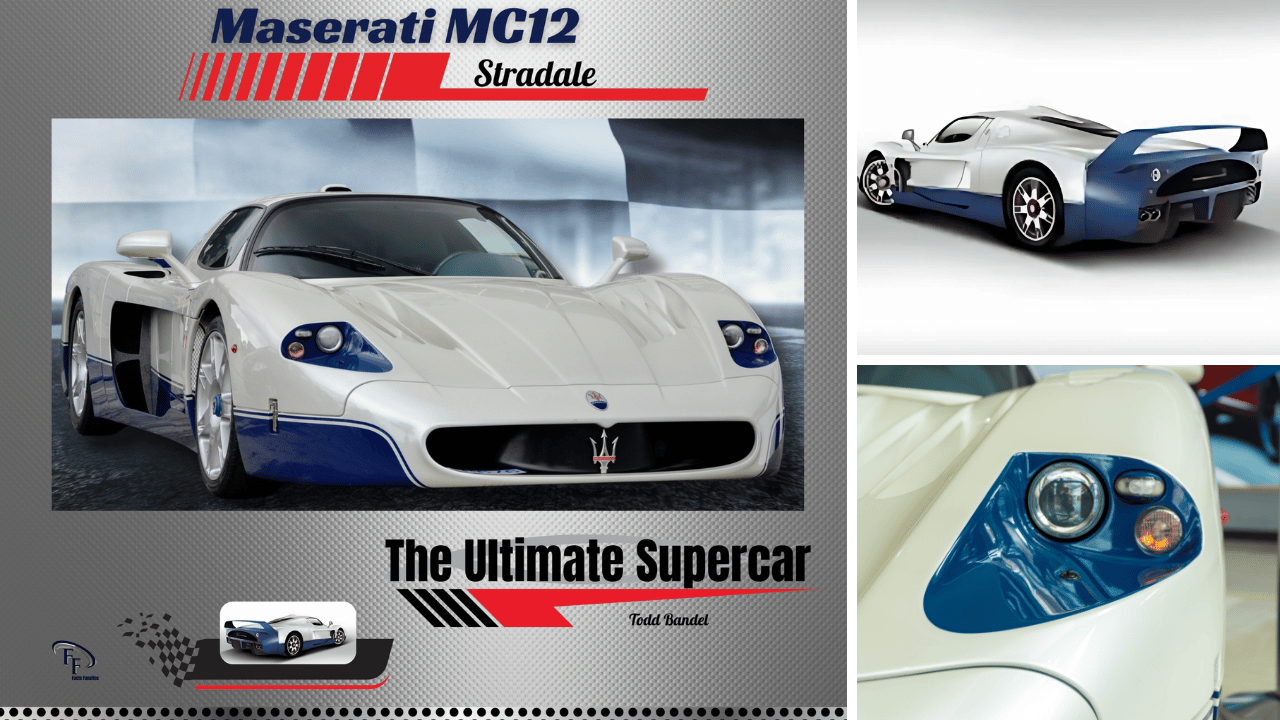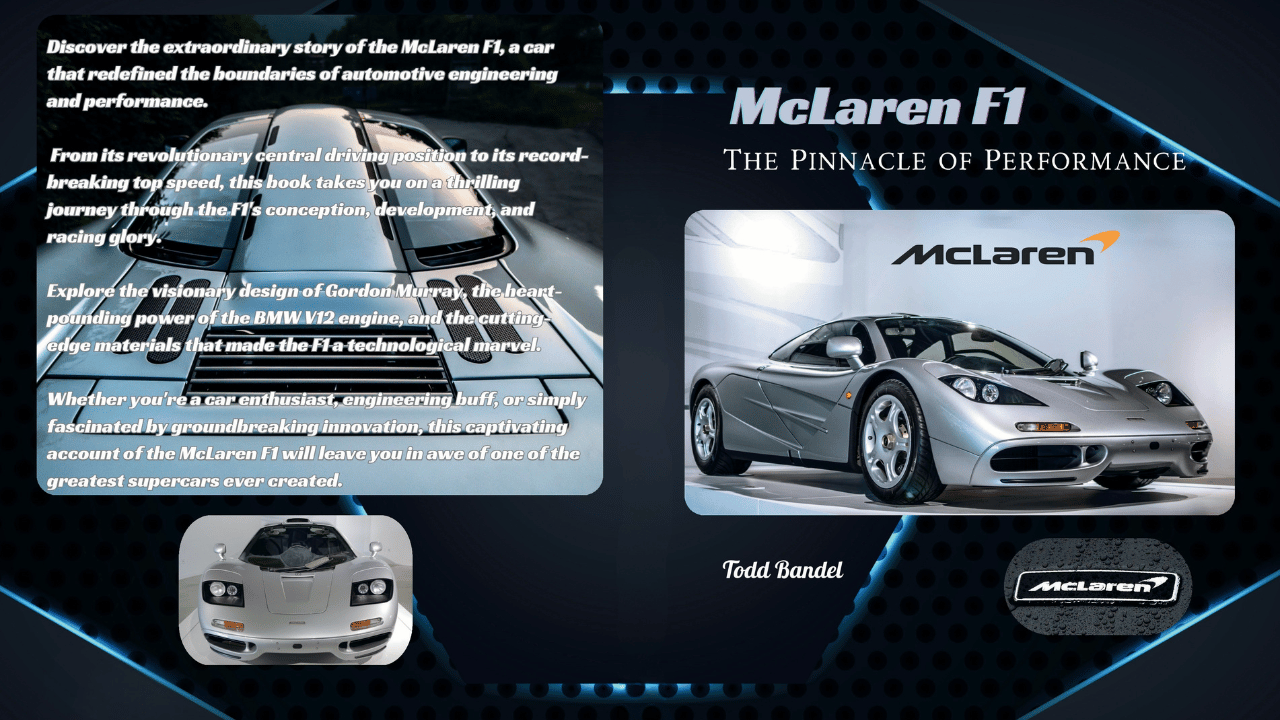Lancia Stratos: The Rally Legend That Changed Motorsports
Lancia Stratos revolutionized rally racing with a purpose-built design, Ferrari power, and three consecutive World Championship wins.
Welcome to Mechanicaddicts. As an Amazon Associate, we earn from qualifying purchases (at no cost to you) from links found within these pages if you choose to buy something.
The Lancia Stratos stands as one of motorsport’s most captivating success stories, a purpose-built rally weapon that redefined what was possible on the world’s most challenging stages in the year of its introduction, an idea that would influence many future designs.
Born from Italian ambition and engineering brilliance, this wedge-shaped marvel, inspired by the Stratos Zero concept, didn’t just win races; it transformed the very concept of rally car design and established a legacy that continues to inspire automotive enthusiasts to this day.
Unlike its contemporaries that were adapted from road cars, the Stratos was conceived from the ground up as a rally machine. This radical approach would prove revolutionary, setting new standards for agility, performance, and engineering innovation that competitors scrambled to match in a new way.
The car’s striking silhouette and dominant racing record made it an instant icon, with victories at international events such as the Rideau Lakes Rally in Canada further highlighting its global impact. Its true significance lies in how it fundamentally changed the landscape of competitive motorsport, allowing other manufacturers to compete more effectively.
From its distinctive triangular profile to its thunderous Ferrari V6 engine, every aspect of the Stratos was designed with one goal in mind: victory. The result was a machine that would claim three consecutive World Rally Championship manufacturers’ titles and etch its name permanently into racing history. This is the art of the story of how Italian creativity and determination created a legend that transcends motorsport itself.

Lancia Stratos: The Rally Legend
"Unveil the legacy of the Lancia Stratos—a paragon of revolutionary design and unparalleled performance that forever changed the landscape of automotive history."
Introduction to the Lancia Stratos
The Lancia Stratos appeared on the automotive scene as a true game-changer, purpose-built for rallying by the innovative Italian manufacturer Lancia, an idea that reshaped the rallying landscape. First unveiled at the Turin Motor Show in 1971, the Stratos immediately captured attention with its radical, wedge-shaped body, a design masterstroke by the renowned Nuccio Bertone. Every line and curve of the fiberglass body was meticulously crafted to maximize aerodynamic efficiency and minimize weight, resulting in a distinctive silhouette that gave the Stratos a look of speed even when standing still.
Underneath its striking exterior, the Stratos was engineered for competition from the outset. Its short wheelbase and its unique mid-mounted layout provided exceptional agility and balance, allowing the car to carve through tight corners with ease, a crucial advantage on the demanding stages of the World Rally Championship. The heart of the Stratos was the legendary Dino engine, a 2.4-liter V6 equipped with triple Weber carburetors, delivering 190 hp and a thrilling soundtrack, complemented by a minimalist interior.
This potent combination of lightweight construction, advanced engineering, and raw power enabled the Stratos to dominate the rally scene, securing victories at iconic events like the Monte Carlo Rally and clinching three consecutive World Rally Championship titles. The Lancia Stratos was not just a car; it was a bold statement of intent, created to conquer the world of motorsport.

Development and Design: Creating a Rally Revolution
The Lancia Stratos project was born in the early 1970s when Lancia’s competition manager, Cesare Fiorio, recognized the need for a purpose-built rally car. Traditional rally vehicles of the era were modified production cars, but Fiorio envisioned something entirely different: a machine designed exclusively for competition, a project that many enthusiasts would love to visit.
Lancia partnered with renowned design house Bertone, where Marcello Gandini took the lead on the project. Gandini, already famous for the Lamborghini Miura and soon-to-be-legendary Countach, applied his distinctive angular design philosophy to create the Stratos’ iconic wedge shape. The car’s dramatically sloped nose, minimal overhangs, and distinctive flying buttresses weren’t just stylistic choices; they were functional elements that contributed to the car’s aerodynamic efficiency and structural rigidity, earning the admiration of the public. The lightweight hood and windows were specifically designed for quick access during rallies, serving as functional elements for both serviceability and performance.
The development process faced significant challenges, particularly regarding the powertrain. Initially, Lancia considered using their own engines, but the partnership with Ferrari provided access to the 2.4-liter Dino V6 engine. This powerplant, originally developed for Ferrari’s Dino road cars, proved ideal for rally competition. Producing approximately 190 horsepower in rally trim, the engine delivered the perfect combination of power, reliability, and compact dimensions. The original V4 engine was replaced by the Ferrari Dino V6, marking a significant improvement in performance and competitiveness.
The chassis design represented another breakthrough in rally car engineering. Bertone constructed a steel spaceframe that was both incredibly lightweight and exceptionally rigid. The wheelbase measured just 96.5 inches, making the Stratos one of the shortest cars ever used in professional rallying. This compact footprint, combined with the engine mounted behind the driver, created a mid-engine layout that provided optimal weight distribution and handling characteristics on twisty rally stages. Certain standard components were modified for high-performance rally use, further enhancing the car's capabilities while adhering to new regulations.
Suspension design prioritized adjustability and durability over comfort. Independent suspension is used at all four corners, featuring coil springs and telescopic dampers, with extensive use of lightweight materials throughout. The steering was precise and direct, essential for navigating the tight corners and elevation changes that defined rally competition, which drivers had to choose wisely. Custom control electronics and other parts were fitted and professionally installed to optimize performance for the demanding rally environment.
The Stratos was produced in sufficient numbers for production to meet FIA homologation requirements for Group 4 rallying, ensuring its eligibility for official competition, having passed all necessary tests .
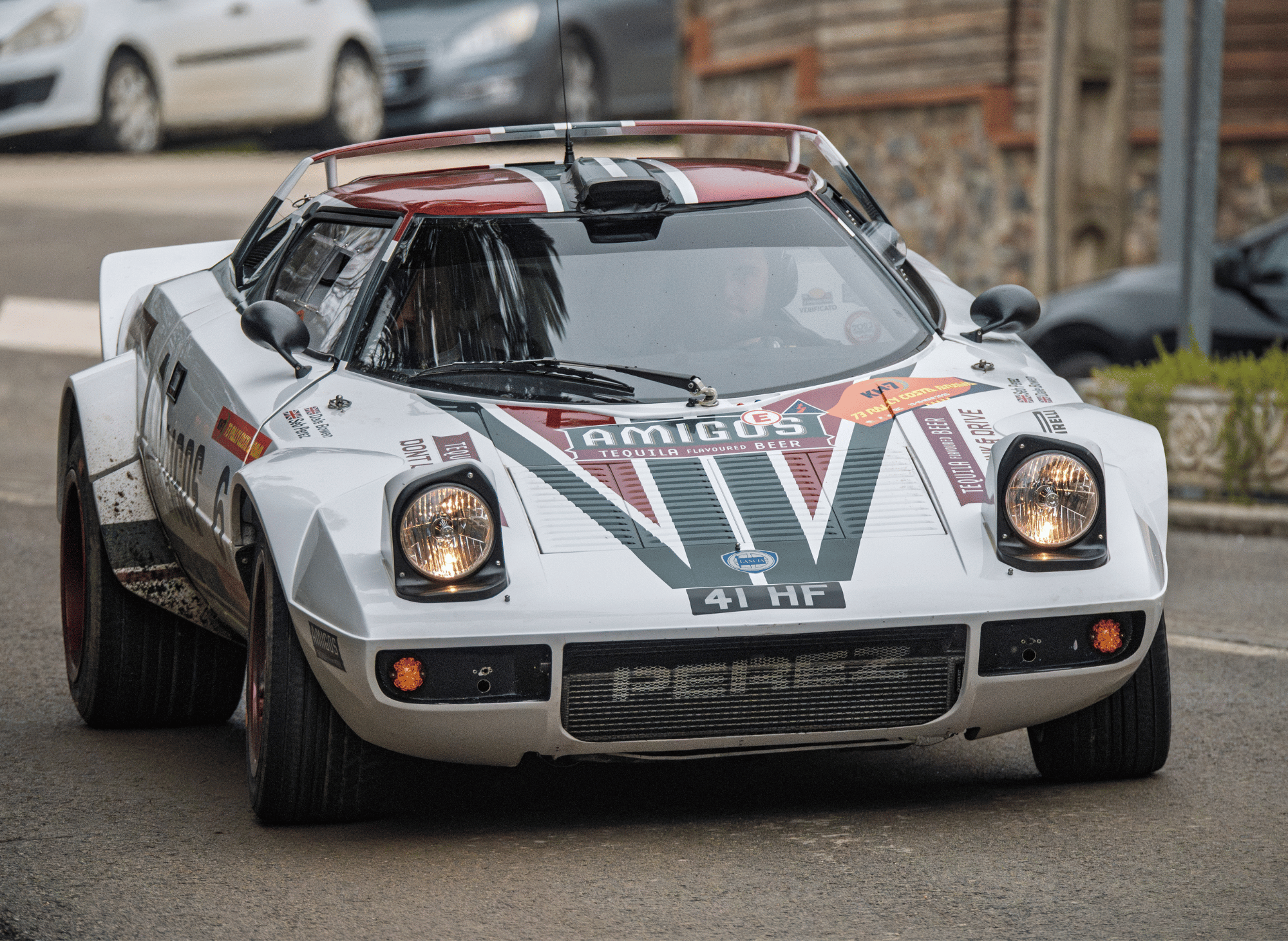
Racing History: WRC Victories and Domination on the World Stage
The Lancia Stratos made its competitive debut in 1973, but it was the following year that truly announced its arrival as a force in world rallying. The car’s first major victory came at the 1974 Firestone Rally, driven by Sandro Munari. This win marked the beginning of an unprecedented period of dominance that would reshape the World Rally Championship.
From its first victory in 1974 to 1976, the Stratos claimed three consecutive World Rally Championship manufacturers’ titles—a feat that established Lancia as the dominant force in international rallying. These victories weren’t narrow affairs; the Stratos often won by commanding margins, demonstrating clear superiority over its competition that many wanted to emulate.
Sandro Munari emerged as the car’s most successful driver, claiming the 1977 World Rally Championship drivers’ title behind the wheel of his Stratos. Munari’s driving style perfectly complemented the car’s characteristics, utilizing its exceptional agility and mid-engine balance to attack corners with unprecedented aggression.
His victories at events like the Monte Carlo Rally and Tour de Corse became legendary displays of car-and-driver harmony. Bernard Darniche, the French rally champion, also achieved significant victories with the Stratos, further cementing its legacy in rally history, a success that was meticulously planned .
The Stratos proved equally adept across different rally disciplines. On the tight, twisting roads of Corsica, its compact dimensions and precise handling provided decisive advantages. During the challenging Monte Carlo Rally, with its mix of snow, ice, and dry asphalt, the car’s balanced chassis and powerful engine delivered consistent performance, giving drivers a sense of the road. Even on faster events like the RAC Rally in Britain, the Stratos demonstrated remarkable versatility.
Björn Waldegård, another of the car’s notable pilots, praised its exceptional feedback and predictable handling characteristics. The Swedish pilot noted how the Stratos communicated road conditions through the steering wheel and chassis, allowing drivers to push the limits with confidence, even on unfamiliar stages, reminiscent of the thrilling seasons of 1975 and 1976.
The Stratos' advanced chassis design allowed it to carry momentum through corners, a key factor in its rally success and ability to maintain high speeds on technical stages, even to this day.
The competition took notice of the Stratos’ success, with other manufacturers scrambling to develop their own purpose-built rally cars. Ford’s response came in the form of the Escort RS1800, while Audi would later develop the revolutionary quattro system partly in response to the Italian car’s dominance.
The Lancia team carried out extensive testing and modifications to optimize the car for different rally conditions, ensuring it remained at the forefront of rally technology, a booming business in the automotive world.
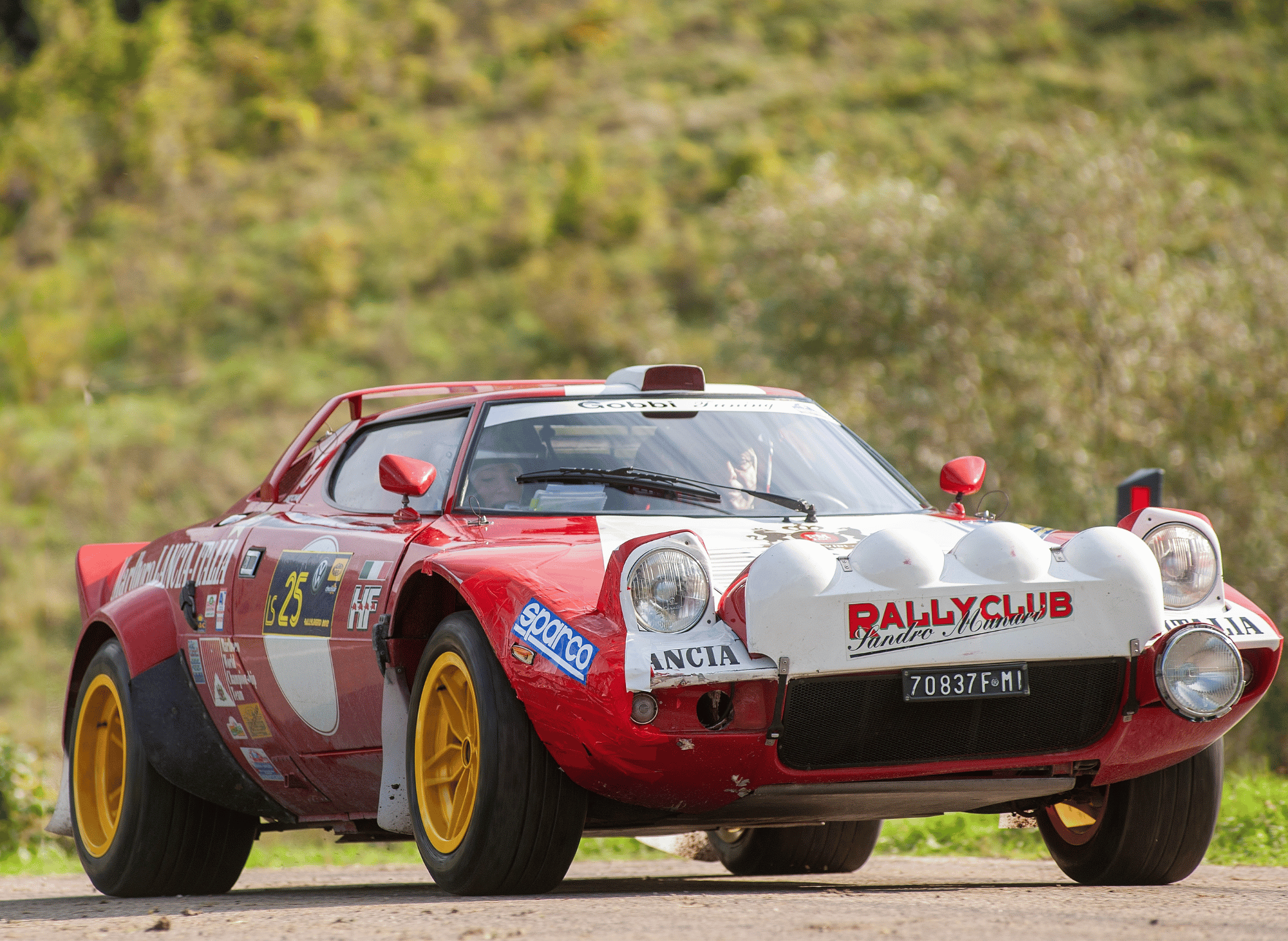
Technical Specifications and Homologation: Engineering Excellence
The Lancia Stratos represented a masterclass in purposeful automotive engineering, with every component optimized for rally competition. At its heart lay the Ferrari Dino V6 engine, a 2418cc powerplant that produced approximately 190 horsepower at 7000 rpm in rally specification. This engine featured a 65-degree V-angle, dual overhead camshafts, and three Weber 40 DCOE carburetors that delivered crisp throttle response crucial for rally driving, a subject sure to be searched in any browser .
The transmission was a five-speed manual gearbox mounted transversely behind the engine, creating the compact mid-engine layout that defined the car’s handling characteristics. This configuration placed roughly 40% of the vehicle’s weight over the front wheels and 60% over the rear, providing excellent traction during acceleration while maintaining steering precision, just as it was intended . A lightweight, high-capacity lithium battery housed in a carbon casing further reduced weight and improved overall performance.
Weighing just 2160 pounds in competition trim, with minimal seats and equipment, the Stratos achieved a power-to-weight ratio that was exceptional for its era. The lightweight construction resulted from extensive use of fiberglass body panels over the steel spaceframe chassis. This combination provided the structural rigidity necessary for high-speed rallying while keeping overall weight to a minimum.
The suspension system featured independent MacPherson struts at all four corners, with coil springs and telescopic dampers. Anti-roll bars, front and rear, helped control body roll during aggressive cornering. The suspension was fully adjustable, allowing teams to fine-tune the setup for different rally conditions and driving surfaces. Attention to detail and quality in the construction and assembly of the Stratos ensured reliability and high performance under demanding conditions.
Braking performance came from disc brakes at all four wheels, with larger discs at the front to handle the increased braking loads during deceleration. The brake system was designed to provide consistent performance throughout long rally stages, with adequate cooling to prevent fade during extended use. Storage of essential components, such as the battery and tools, was optimized for balance and accessibility, contributing to the car's competitive edge.
The Stratos’ aerodynamic package was sophisticated for its time, with a distinctive nose shape and rear spoiler that provided downforce while maintaining minimal drag. The car’s low profile and smooth underbody contributed to its aerodynamic efficiency, which is crucial for achieving maximum straight-line speed on faster rally stages. Thanks to its advanced engineering, the Stratos demonstrated remarkable potential for high performance in both road and rally environments.
Legacy and Impact: Monte Carlo Rally Influencing Generations
The Lancia Stratos’ influence extends far beyond its three World Rally Championship titles, fundamentally changing how manufacturers approach rally car development over the long term. Before the Stratos, successful rally cars were typically high-performance versions of existing road cars, based on traditional design. The Italian masterpiece, under the Fiat group, demonstrated that purpose-built competition vehicles could deliver superior performance, establishing a new approach to car design that remains relevant today.
Modern rally cars owe much to the Stratos’ design philosophy, particularly in the latest version of rally car designs . The concept of a short wheelbase, mid-engine layout optimized specifically for rally competition became the template for future generations of World Rally Cars. Ford’s RS200, Peugeot’s 205 T16, and Audi’s Sport Quattro all followed the basic formula established by the Italian pioneer.
The car’s impact on automotive design extended beyond motorsport. The Stratos’ dramatic wedge shape and purposeful aesthetic influenced supercar design throughout the 1970s and 1980s. Its combination of functional aerodynamics and striking visual presence became a reference point for designers seeking to create vehicles that looked as fast as they performed.
Rally driving techniques evolved partly in response to the Stratos’ capabilities. The car’s exceptional agility and predictable handling characteristics allowed drivers to develop new approaches to corner entry and exit, techniques that became standard practice throughout the sport. The Scandinavian flick, pendulum turns, and other rally-specific maneuvers were refined and perfected by Stratos pilots who pushed the boundaries of what was possible.
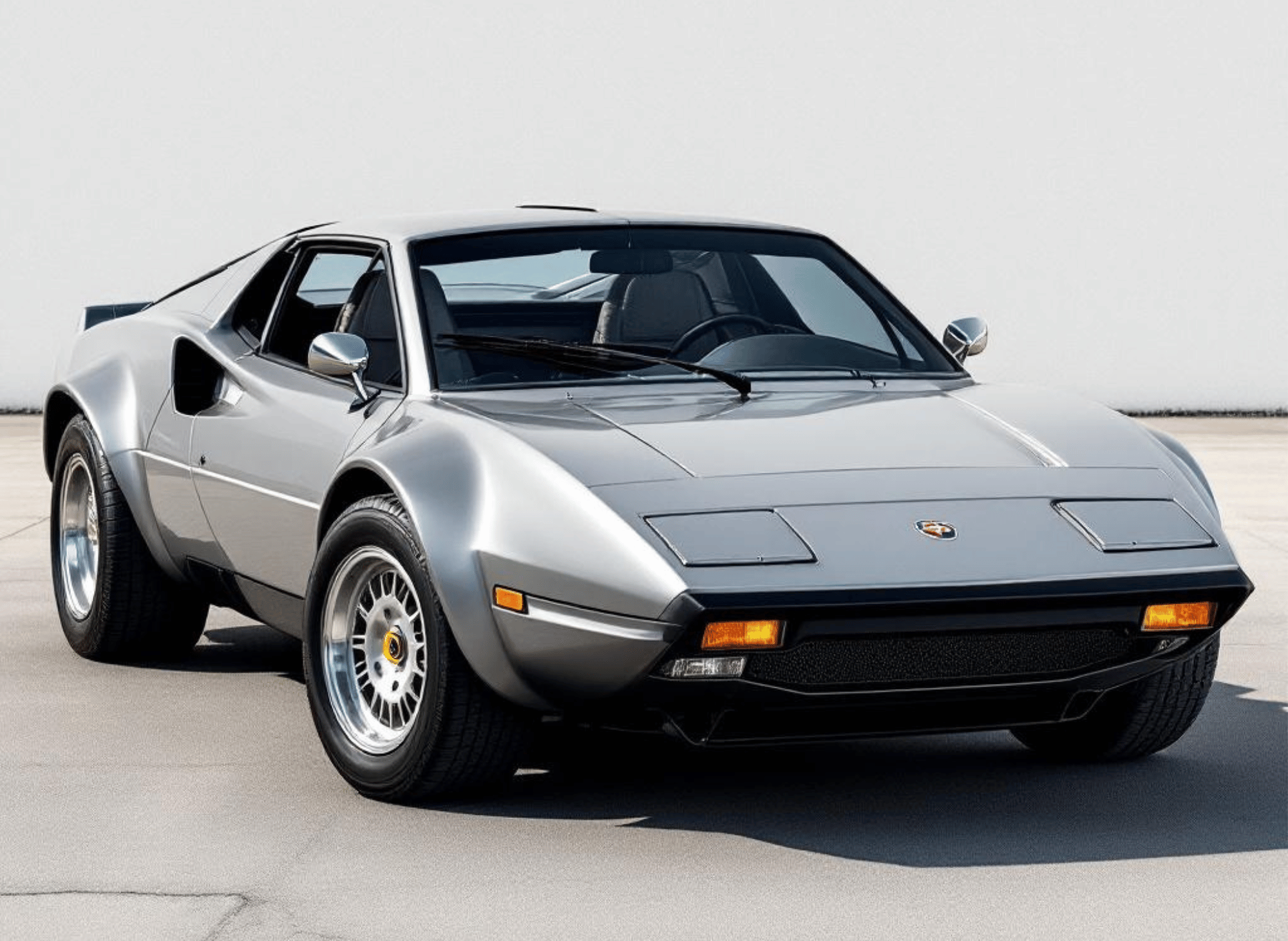
The enthusiast community has kept the Stratos legend alive through restoration projects and replica builds, often showcasing their work at various automotive events. Companies like New Stratos have created contemporary versions that honor the original’s design while incorporating modern technology and safety features in promotional video content .
These projects demonstrate the enduring appeal of the Stratos concept and its continued relevance to automotive enthusiasts, often sharing information about restoration techniques. The demand for original and replica Stratos models remains high among collectors.
Auction values for original Stratos examples have reached extraordinary levels, reflecting both their rarity and historical significance. Well-preserved examples regularly sell for seven-figure sums, while documented competition cars command even higher prices. This market recognition confirms the Stratos’ status as one of the most important and desirable rally cars ever created.
Modern reinterpretations of the Stratos strive to find the perfect balance between originality and innovation, ensuring that new models respect the spirit of the classic while embracing advancements in technology.
The Stratos is often exhibited at major automotive events, such as the IAA and Frankfurt Auto Show, highlighting its continued appeal and iconic status among enthusiasts and industry professionals alike.
The New Stratos: Reimagining a Legend
Decades after the original’s triumphs, the spirit of the Lancia Stratos was reborn in the form of the New Stratos, a modern interpretation that pays homage to its legendary predecessor while pushing the boundaries of contemporary automotive design. Conceived by Paolo Garella and meticulously crafted by Manifattura Automobili Torino (MAT), the New Stratos captures the essence of the original with a sleek, aerodynamic body constructed entirely from carbon fiber, a thought process rooted in respect for its heritage. This advanced material not only echoes the lightweight philosophy of the first Stratos but also provides exceptional strength and rigidity.
At the heart of the New Stratos lies a Ferrari-sourced 4.3-liter V8 engine, capable of delivering a staggering 540 horsepower. This powerplant, paired with a finely tuned chassis and a unique steering wheel designed for maximum driver engagement, ensures that the New Stratos offers an exhilarating driving experience that rivals the best modern supercars. Every detail, from the aggressive stance to the sophisticated aerodynamic features, has been carefully considered to honor the original’s legacy while embracing new technologies.
Produced in extremely limited numbers, the New Stratos is an exclusive model that has quickly become a coveted prize among collectors and enthusiasts. Its combination of Ferrari engineering, Paolo Garella’s visionary design, and a focus on pure driving pleasure make it a fitting tribute to the car that changed rallying forever. For those lucky enough to get behind the steering wheel, the New Stratos delivers an experience that is both a nod to the past and a celebration of modern performance.
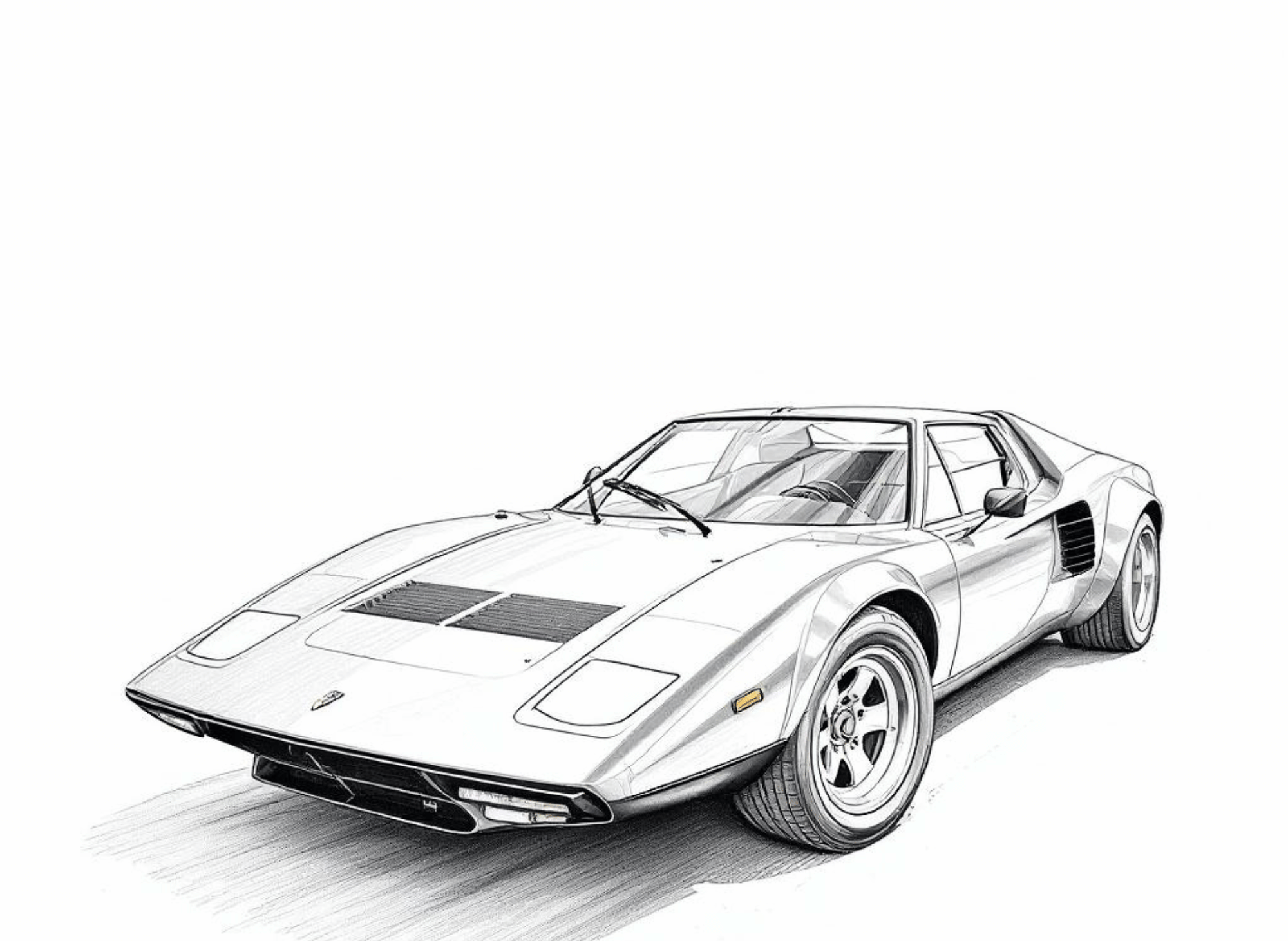
Community and Ownership: The Stratos Enthusiasts
Owning a Lancia Stratos is more than just possessing a rare and iconic car; it’s about joining a passionate community that shares a deep love for this rally legend. Across the globe, collectors and enthusiasts have come together to celebrate the Stratos, forming clubs, attending rallies, and organizing events where these remarkable cars can be admired and enjoyed. The camaraderie among Stratos owners is palpable, with people eager to share stories, technical advice, and restoration tips, all united by their appreciation for the car’s unique design and competition pedigree.
Online forums and social media groups provide a vibrant space for enthusiasts to connect, exchange knowledge, and showcase their cars. Whether you’re a seasoned collector with an original works car or a new owner discovering the joys of Stratos ownership, the community is welcoming and supportive. Many members are keenly aware of the importance of preserving the originality of their cars, undertaking meticulous restorations to ensure that each Stratos remains true to its heritage. For those who love the Stratos, being part of this community is about more than just the car; it’s about sharing a collective passion and ensuring that the legend continues to inspire future generations.
Preservation and Restoration: Keeping the Legend Alive
Preserving and restoring the Lancia Stratos is a true labor of love, requiring dedication, expertise, and a profound respect for the car’s original construction. Enthusiasts and collectors who take on the challenge of restoration are committed to maintaining the integrity of the Stratos, often working with skilled specialists to ensure that every detail, from the fiberglass body to the Dino engine, is brought back to its original glory, sharing valuable information about restoration techniques. The process demands a deep understanding of the car’s unique engineering, including its lightweight chassis, mid-mounted engine, and advanced suspension system.
Restoration projects often involve sourcing rare original parts and employing traditional techniques to recreate the fit and finish that made the Stratos a standout in its day. Owners take great care to preserve the authenticity of their cars, knowing that each restored Stratos is a vital link to the past and a testament to the vision of those who created it.
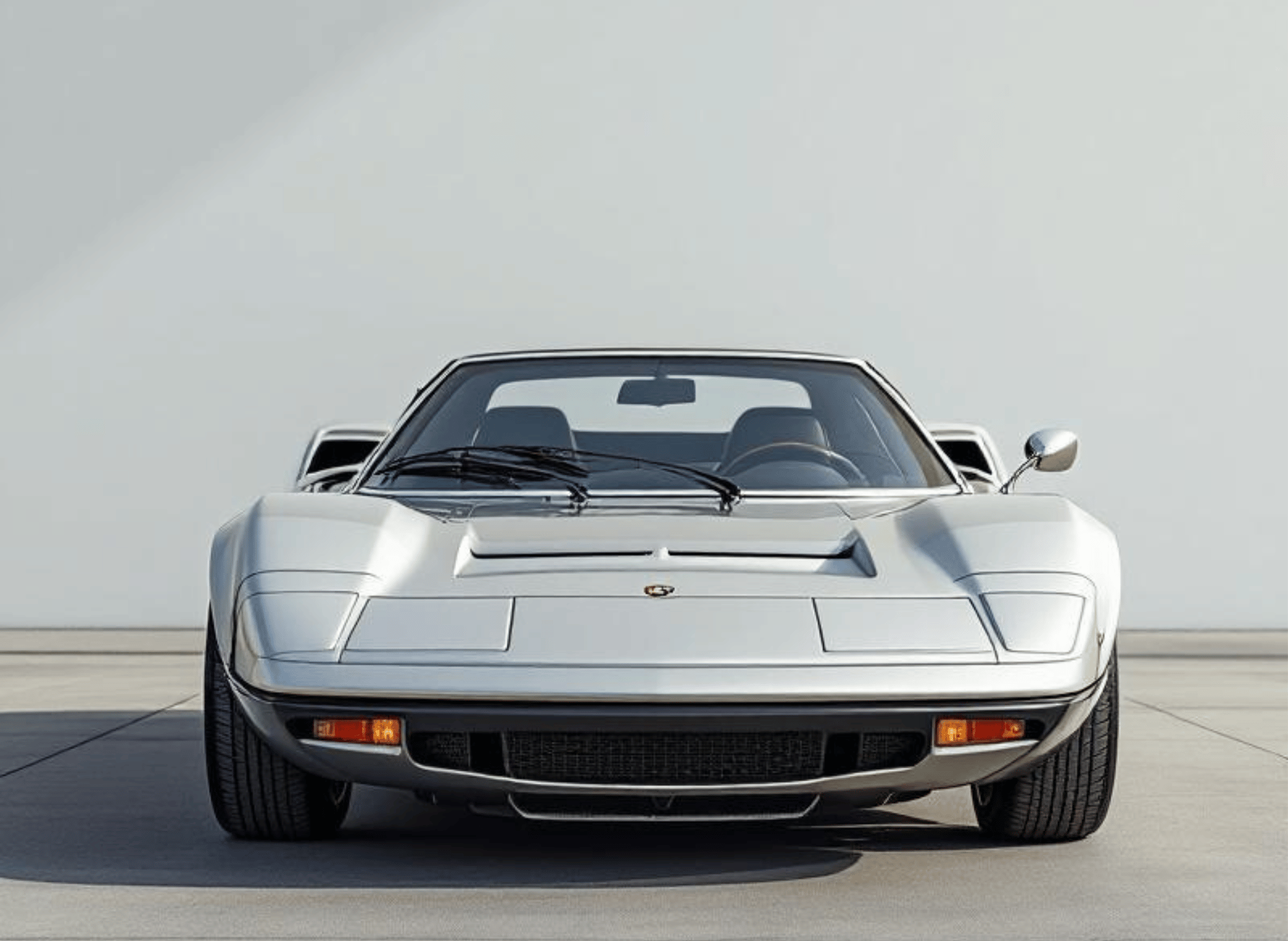
By keeping these cars on the road and in good condition, the Stratos community ensures that the legend not only survives but thrives, allowing new generations to experience the thrill and beauty of this rally icon. The ongoing commitment to preservation is a tribute to the enduring love for the Stratos and a promise that its story will continue for years to come.
The legendary Lancia Stratos HF is a name that resonates deeply in the world of motorsport and automotive design. Born from an initial concept that sought to dominate rally racing, the Stratos became a symbol of innovation and performance. Its roots trace back to the early 1970s, when Lancia, under the guidance of Bertone, unveiled a striking prototype that would later evolve into the production model.
The car's fiberglass bodywork, designed by Marcello Gandini, was not only lightweight but also aerodynamically advanced, giving it a distinct edge on the rally circuit. The windshield and front wheel wells were crafted with precision to enhance visibility and airflow, ensuring the Stratos could handle the most demanding terrains.
At the heart of the road version of the Lancia Stratos HF was the Lancia Fulvia engine, though it was soon replaced by a more powerful Ferrari V6 engine. This engine, derived from the Dino, was a gift of sorts from Enzo Ferrari, who saw the potential in Lancia's ambitious project. The V6 engine, paired with a manual transmission, delivered exhilarating performance, propelling the Stratos to a top speed of over 230 km/h. This made it not only a rally champion but also a thrilling passenger car for those lucky enough to experience it on public roads.
The Stratos' cabin was designed with functionality in mind, offering just enough space for two occupants and their rally gear. The doors were compact, and the interior was stripped down to the essentials, emphasizing performance over luxury. Despite its spartan nature, the Stratos was a high-fidelity machine, delivering an unmatched driving experience. Its success on the rally stage was unparalleled, with the car securing multiple World Rally Championship titles and cementing its place in automotive history.
In recent years, there has been a push for a modern interpretation of the Stratos. Designers like Chris Hrabalek have explored ways to bring the iconic car into the 21st century, incorporating similar technologies while staying true to the original's spirit. These efforts aim to create a replacement that honors the legacy of the first car while meeting the demands of modern enthusiasts. Whether as a rally legend or a collector's dream, the Lancia Stratos HF remains a shining example of Italy's prowess in automobile design and engineering.
The Stratos' journey from prototype to production is a testament to Lancia's commitment to pushing boundaries. Its services to the world of motorsport and its influence on car design are undeniable. Even today, driving a Stratos on a winding road feels like traveling back in time, with every turn and acceleration reminding you of the car's storied past. For those fortunate enough to own one, the Stratos is more than just a car; it's a piece of history that continues to inspire and captivate, several decades and several miles later.
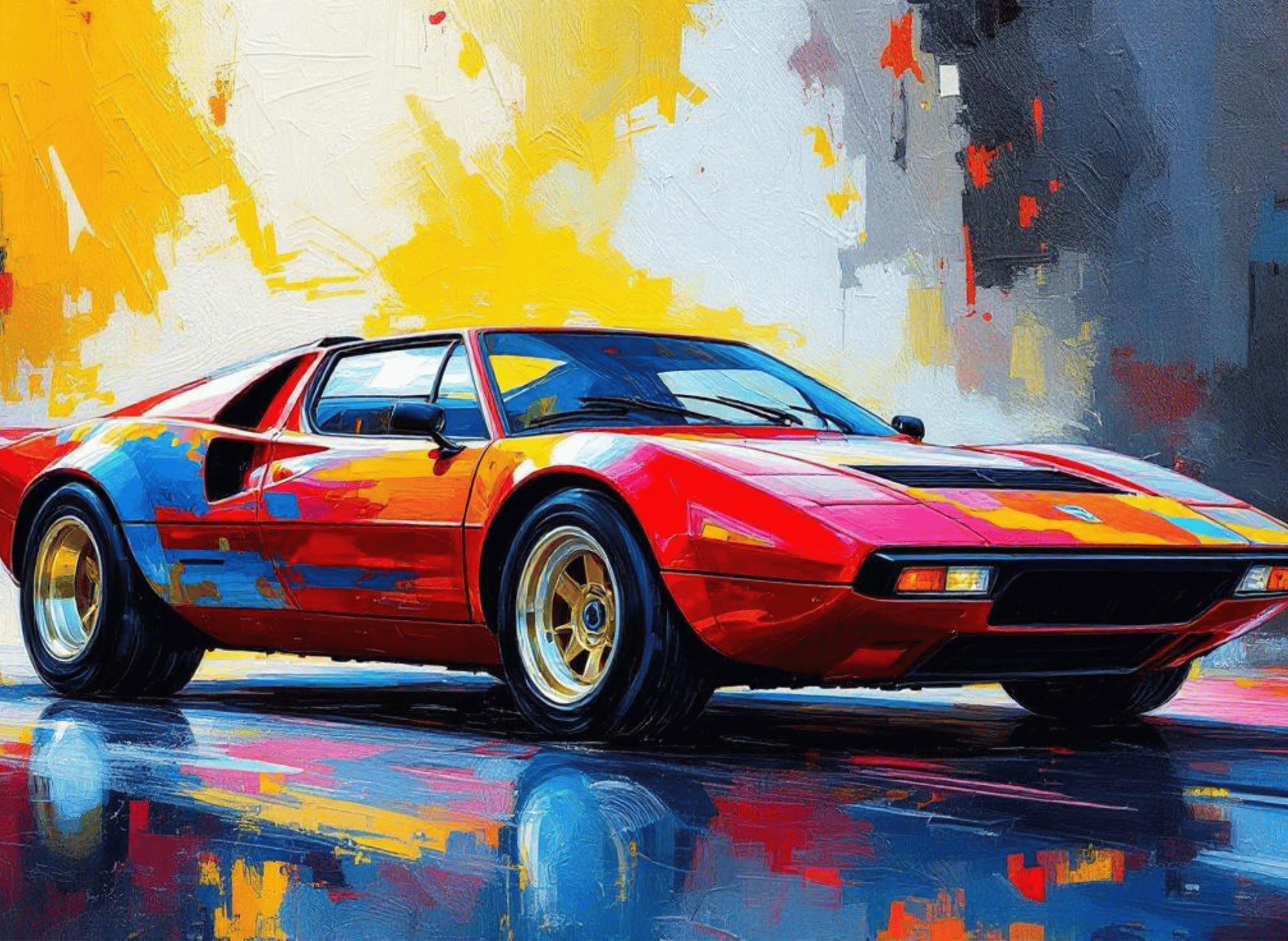
A Literary Deep Dive: Todd Bandel's Comprehensive Chronicle
The book successfully unpacks how the Stratos’ cutting-edge engineering and relentless rally dominance transcended motorsports to influence modern automotive innovation. Through detailed accounts of the car’s evolutionary path and insightful analysis of its design innovations, readers gain appreciation for the vehicle’s lasting impact on both motorsport and automotive culture.
Bandel’s work explores three core themes that define the Stratos legacy: innovation, cultural influence, and enduring appeal. The author reviews how the car embodied the perfect balance of agility and power in its engineering, demonstrating the crucial interplay between design aesthetics and performance capability. Perhaps most importantly, the book analyzes the strategies that have sustained the Stratos’ iconic status across multiple generations of automotive enthusiasts.
The volume includes exclusive interviews with key figures from the Stratos era, providing firsthand insights into the development process and competitive campaigns. If referenced in the book, the involvement of a son in the development or legacy of the Stratos is also highlighted, emphasizing the family’s passion and contribution to the project. A detailed design analysis reveals the engineering decisions that made the car so effective, while historical narratives situate the Stratos within the broader context of 1970s motorsport and automotive design.
Targeting automotive enthusiasts, historians, and design aficionados, Bandel’s book serves as both an accessible introduction for newcomers and a comprehensive reference for dedicated fans. The author’s industry background lends credibility to technical discussions while his passion for storytelling keeps the narrative engaging throughout.

The Enduring Legend of the Lancia Stratos HF: Rally's Greatest Icon
The Lancia Stratos represents more than just a successful rally car—it embodies the transformative power of purposeful design and uncompromising engineering excellence over time. From its revolutionary conception as the first purpose-built rally weapon to its dominant competition record and lasting influence on automotive design, the Stratos changed motorsport forever. Many Race spectators would file in line to see this incredible racing machine. The legend of the Stratos has endured through the days and years since its debut, remaining a symbol of innovation and passion.
Its three consecutive World Rally Championship titles established a new standard for competition success, while its innovative mid-engine layout and dramatic styling influenced generations of sports cars and racing machines. The Stratos proved that Italian creativity and engineering expertise could produce vehicles that were both visually stunning and functionally superior to anything that came before.
The car’s legacy continues to inspire modern automotive development, with its fundamental design principles still evident in contemporary rally cars and supercars. The Stratos demonstrated that true automotive legends are created when form and function achieve perfect harmony, resulting in machines that transcend their original purpose to become cultural icons. Original Stratos cars wear their history proudly, with visible signs of age, use, and authentic imperfections that tell the story of their remarkable journey.
For anyone seeking to understand the intersection of automotive innovation, competitive excellence, and enduring design appeal, the Lancia Stratos story offers profound insights into what makes certain vehicles truly legendary. Its influence on rally racing, automotive design, and enthusiast culture ensures that the Stratos legend is far from over and will continue to inspire future generations of automotive innovators and enthusiasts.
Thank you for reading!
Your friend,
Todd
#LanciaStratos #RallyLegend #ClassicCars #Stratosphere #ItalianEngineering #RallyHeritage #DreamCar #VintageRacing #LanciaLove #MotorsportIcon
🚗 🏁 🌟 🇮🇹 🏎️ 🔥 🛞 🌄 🏔️ 💨
Amazon Prime offers a wide range of products designed to cater to diverse customer needs, all with the added benefit of fast, reliable delivery. From household essentials and groceries to electronics, clothing, and entertainment, Prime members get access to exclusive deals and discounts across various categories.
Additionally, Prime membership includes access to services like Prime Video for streaming movies and TV shows, Amazon Music for ad-free music, and Prime Reading for eBooks and magazines. This comprehensive suite of benefits makes Amazon Prime a convenient and value-packed option for millions of customers worldwide.
- Prime for you, adult
- Free 30-day trial of Prime
- All of Prime, half the price.
- Prime Video
- wedding registry
- Kindle Unlimited
- Amazon Music
- Amazon Fresh Groceries
